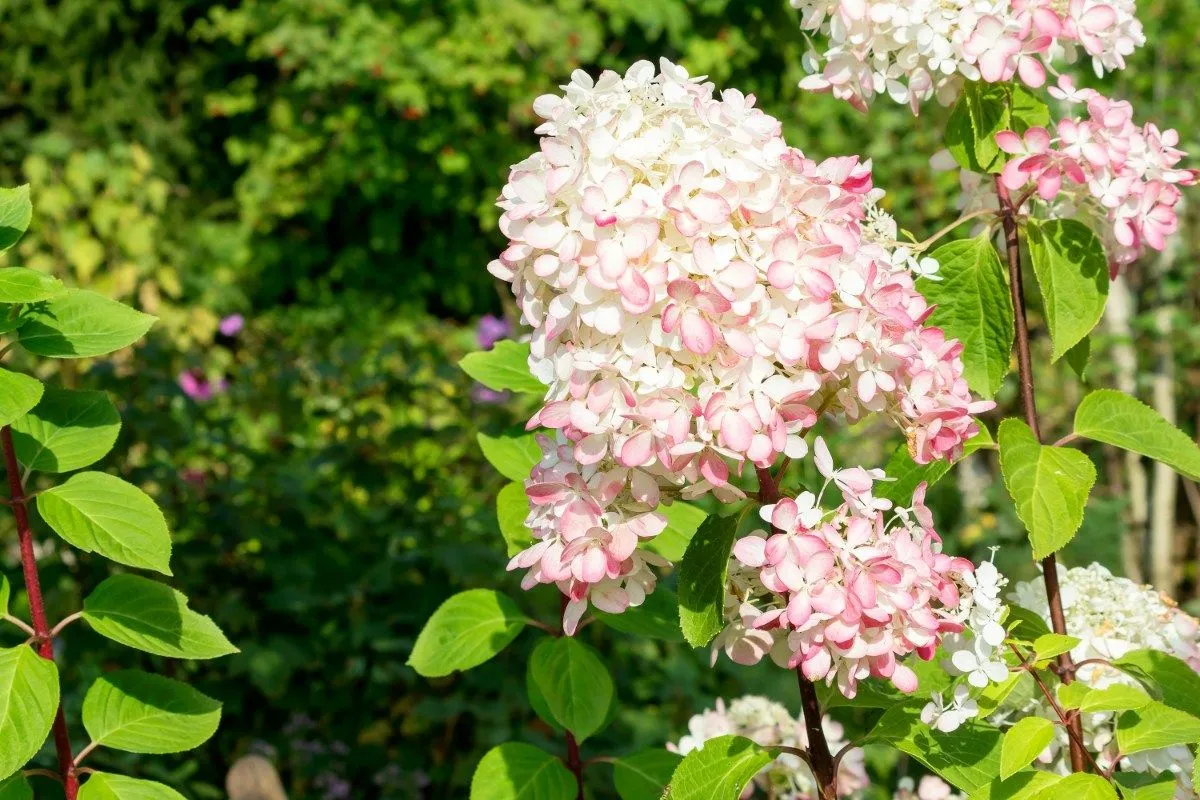Hydrangea Brown Spots: 5 Causes and How to Fix Them Fast

Hydrangeas are loved for their bright colors and striking looks, making them a favorite among garden lovers. But sometimes these gorgeous plants show unsightly brown spots on their leaves. This issue can be just a surface-level blemish or a sign of something more serious that needs prompt attention. Knowing what causes these spots and how to fix them is key to keeping your hydrangeas healthy.
Understanding the causes of brown spots
Brown spots on hydrangea leaves aren’t just a visual nuisance—they often point to deeper issues that need to be sorted out. These marks can come from several sources, each calling for its own way of handling the problem.
One possibility is disease. Hydrangeas can catch both fungal and bacterial infections, which show up as brown spots on the leaves. Fungal infections tend to blossom in humid conditions, while bacterial ones might spread through water or contact with other infected plants.
Another factor is environmental stress. Too much sun, improper watering (either too little or too much), and even cold spells can stress the plants and lead to leaf spotting. Each of these environmental issues affects the plant in its own way, so you might need to tweak your care routine.
Also, pests like leaf-eating insects could be behind these annoying spots. These critters damage the leaves by munching on them, leaving marks that sap the plant’s overall appeal and strength.
Effective treatment strategies
When it comes to tackling those brown spots, it’s all about addressing the root of the problem. Here are some practical treatment strategies:
- First off, pruning is key. Snipping off the damaged parts of the plant not only helps stop diseases from spreading but also gives your hydrangeas a chance to bounce back stronger. This method deals with the current issue and sets the stage for healthier growth.
- Next up, adjust your watering routine. Making sure the soil drains well can help avoid waterlogging, which often leads to problems like excess moisture-related diseases. Hydrangeas do best with balanced watering—not too heavy, not too light—so they don’t show stress like brown spots.
- Finally, keep an eye out for pests. Regular checks can catch an infestation early before it turns into a real headache. Using natural or biological insecticides is a smart way to handle pest issues without harming friendly insects or the surrounding environment.
Preventive measures for healthy hydrangeas
Prevention is the best way to keep your hydrangeas looking their best. Taking some simple preventive steps can help your plants stay healthy and keep future issues at bay.
- Planting hydrangeas with enough space between them is important for good air circulation. This airflow helps keep humidity down, which in turn makes it harder for fungi and other plant illnesses to take hold.
- Your watering method also plays a big part in prevention. Steering clear of getting the leaves wet can help stop water from sitting there—a common trigger for many plant problems.
- Using mulch around your hydrangeas is another smart move. Mulch keeps the soil moisture steady and shields the roots from temperature swings. This creates a solid foundation for the plant, helping it withstand different weather conditions.
- Lastly, choosing hydrangea varieties that are resistant to common infections can make maintenance much easier, as these plants are less likely to catch the typical diseases in your area.
Additional tips for thriving hydrangeas
Beyond dealing with or preventing brown spots, a few extra care tips can really help your hydrangeas thrive:
- Adding organic fertilizer in the spring gives your plants the nutrients they need for a robust season and ensures they bloom beautifully come summer.
- Tailor your pruning schedule to the type of hydrangea you have—some do well when pruned after they finish blooming, while others benefit more from early pruning during their growing phase.
Stick with these practices over time, and you’ll enjoy stunning displays year after year, with brown spots becoming nothing more than a distant memory!
Taking care of hydrangeas means understanding both their needs and the challenges they might face along the way. With these clear explanations on what causes the spots, how to treat them, and ways to prevent future issues (plus some extra care tips), every gardener can feel confident nurturing these beautiful garden gems.